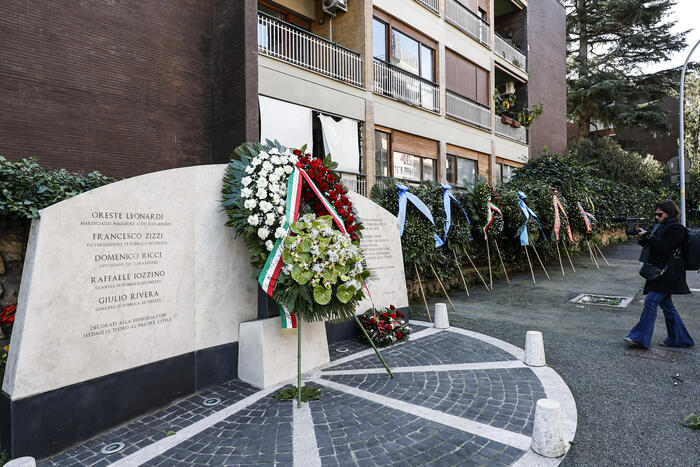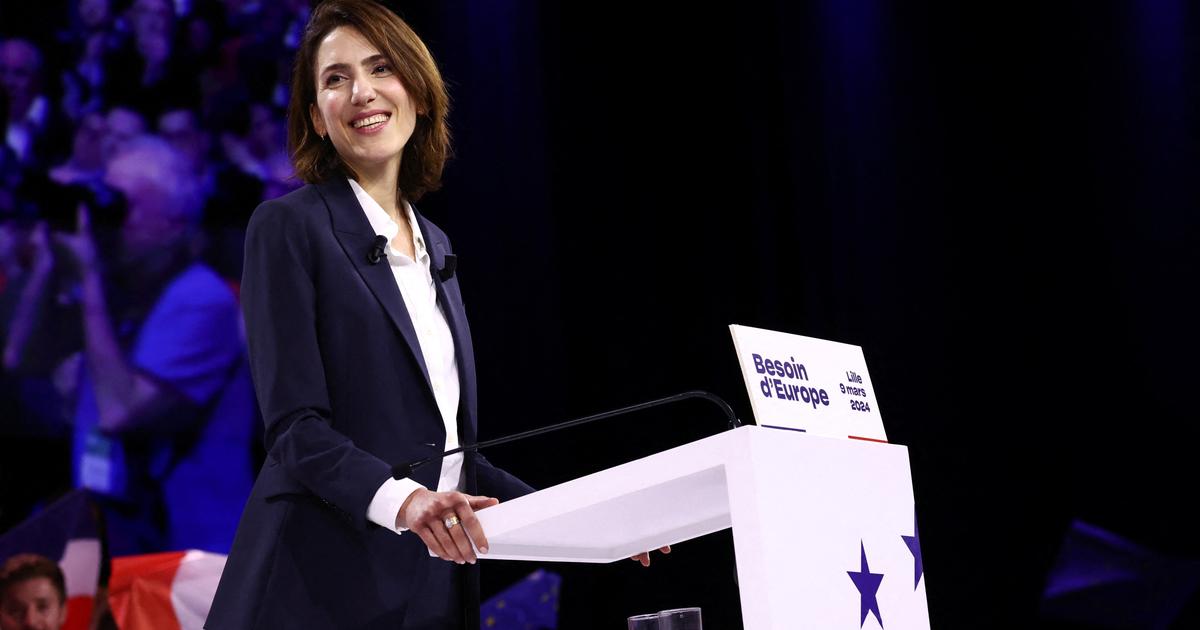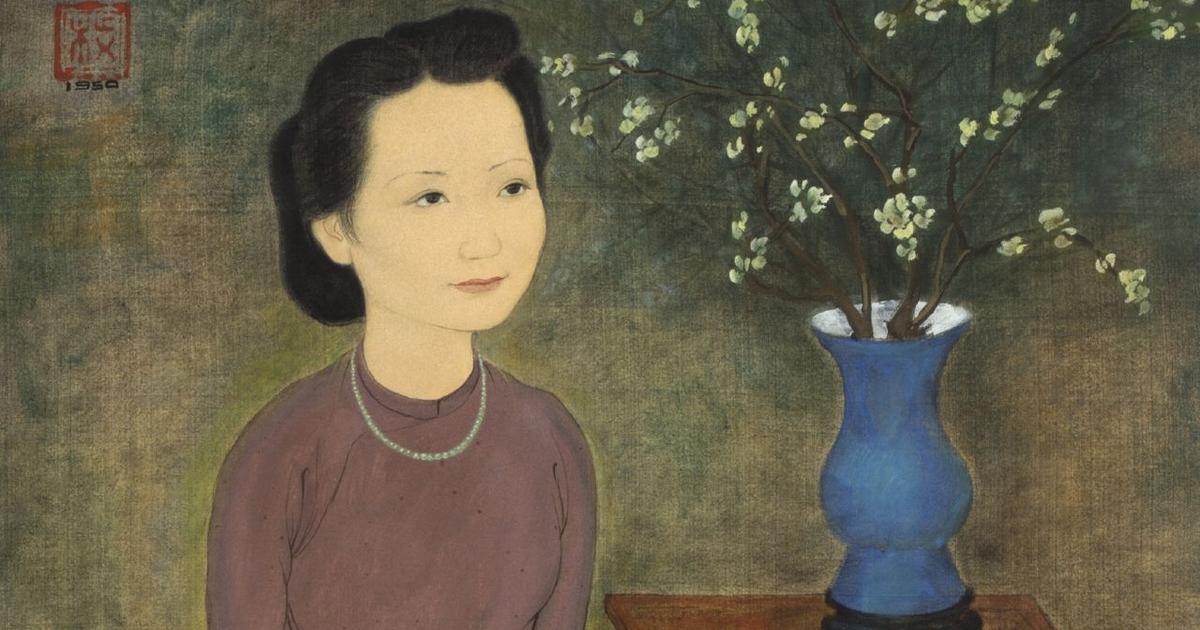The Mỹ Lai Massacre stands as one of the most infamous episodes in the history of the United States Army in the Vietnam War.
55 years ago, on March 16, 1968, more than 500 innocent people, unarmed peasants, were brutally murdered by a battalion whose orders - as some soldiers testified in subsequent trials - were to eradicate anyone found in the area, including women (some of whom were gang raped), children and even animals.
Members of different levels of the army later tried to cover up the event, until a veteran of that same war took it upon himself to bring it to light, showing unexpected heroism within this dark story.
The mission
In January 1968, the North Vietnamese Army and the Vietcong launched a military operation called the Tet Offensive.
A month earlier, in December 1967, Charlie Company (1st Battalion, 20th Infantry Regiment, 11th Brigade, 23rd Infantry Division) arrived in South Vietnam and spent several months without direct contact with enemy forces.
However, by mid-March, the company had lost 28 members to traps or mines.
The attacks of the Tet Offensive were carried out in the province of Quảng Ngãi by the 48th Battalion of Local Forces of the Viet Cong, reason why the military intelligence of the United States assumed that the forces had subsequently withdrawn and dispersed towards the village of Sơn Mỹ in that same province, which is home to several villages designated by the name Mỹ Lai.
As part of the military strategy, a "search and destroy" operation was established against the battalion.
For this mission, Task Force Barker was created, a battalion of the 11th Brigade led by Lieutenant Colonel Frank A. Barker, commander on the ground, with the village of Sơn Mỹ forming part of its area of operations.
According to later testimony from those involved, Colonel Oran K. Henderson, commander of the 11th Brigade, instructed his officers to "go in aggressively, close with the enemy, and eliminate them once and for all."
Similarly, Lieutenant Colonel Barker ordered the First Battalion commanders to burn houses, kill cattle, destroy food supplies, and poison wells.
According to official documents, the night before the massacre, Charlie Company Captain Ernest Medina told his men that all civilian residents of Sơn Mỹ should leave the village for the market at seven in the morning.
The purpose was to identify those who stayed behind as possible Vietcong members or sympathizers.
Some of the soldiers asked if that included women and children, and according to their later testimonies they assured that they had received orders to kill both North Vietnamese and Viet Cong members, as well as "suspects" and even animals.
One testimony noted that a captain said: "They are all Viet Cong, so go and kill them."
the massacre
On March 16, 1968, at 7:30 a.m., Colonel Medina led around 100 Charlie Company soldiers, a small artillery and helicopter gunships into Sơn Mỹ, seeking to engage the 48th Battalion of the Viet Cong Home Force. .
Near Mỹ Lai one of the helicopters fired on an armed group, killing four people.
The killings started unexpectedly, Charlie Company gunner Harry Stanley testified in the aftermath investigation.
The soldier stated that he saw a member of the 1st Platoon bayonet a Vietnamese man, who also pushed another villager into a well, then threw a grenade into it.
Likewise, he declared that he saw between 15 and 20 people, mainly women and children, kneeling, praying around a temple.
All died from shots to the head.
A group of 70 to 80 villagers were assembled by the first platoon at Xom Lang.
The soldiers pushed them into a ditch, where they were later shot dead.
Private First Class Paul Meadlo said he fired at old men and women (who told the soldiers "No VC" while protecting their children).
He claimed that he did it because he was convinced that everyone had grenade traps and that they would attack at any moment.
“They were shooting women and children like anyone else.
There was no resistance and I only saw three captured weapons.
We had no deaths.
It was like any other Vietnamese village, old 'papa-sans', women and children.
In fact, I don't recall seeing a single man of military age in the entire place, dead or alive," said Private First Class Michael Bernhardt.
The massacre followed with members of the Second Platoon killing around 70 Vietnamese north of Mỹ Lai.
The third murdered a group of seven to 12 women and children.
Charlie Company and Bravo Company reached Cổ Lũy where they murdered between 60 and 155 people, including women and children.
In addition to this, according to the subsequent investigation, it was found that at least 20 Vietnamese women and girls were raped during the massacre, some by groups of soldiers.
heroes in the massacre
Hugh Thompson Jr., a technical officer, helicopter pilot with Company B, 123rd Aviation Battalion, American Division, was one of the heroes who managed to save the lives of some of the innocent people in the area, and his testimony it showed the brutality with which Charlie Company acted.
Prior to the massacre, the soldier was flying his Hiller OH-23 Raven observation helicopter with gunner Lawrence Colburn and crew chief Glenn Andreotta, after receiving orders to support Task Force Barker operations in Sơn Mỹ.
The aircraft went out first to try to draw enemy fire, however they did not come under fire.
The Army bombarded the area, killing several civilians before giving way to Charlie Company towards Sơn Mỹ, led by Captain Ernest Medina, who gave orders to carry out the massacre.
In the helicopter, Thompson was still doing reconnaissance in the area.
“Everywhere we looked, there were corpses.
There were these children of two, three, four or five years old, women, very old men, they were not old people to be recruited in any way, ”he declared at a conference on the events decades later.
At first, the soldier and his crew thought that the initial shelling had caused the deaths.
On their tour they saw a wounded civilian woman and Thompson requested medical evacuation using a green smoke signal (which meant he was safe to approach).
However, they saw Captain Medina approaching, who approached her, kicked her, and shot her.
“When we saw Medina do that, we got it.
The murderers were our boys”.
After that murder, Thompson discovered the ditch with Calley's victims, so he decided to send a radio message to Task Force Barker headquarters stating: “There seems to be a lot of unnecessary death down there.
Something is not right with this.
There are corpses everywhere.
There is a ditch full of corpses that we just saw.
There is something wrong here."
Thompson returned to the helicopter with his crew.
They started looking for civilians and found a group of people fleeing.
Realizing that the soldiers were ready to kill them, Thompson landed his helicopter.
Subsequent statements by Colburn and Andreotta noted that Thompson ordered the platoon to be shot if they tried to kill civilians.
Before leaving, Andreotta noticed movement in the corpse ditch, where he was able to identify a living boy, between five and six years old, covered in blood and in a state of shock.
The boy was transferred to a hospital in Quảng Ngãi.
Upon returning to headquarters, Thompson reported the situation to his superiors, including Lt. Col. Frank Barker, who took it upon himself to send out radio signals to stop the killings.
Once his helicopter refueled,
Covering up the massacre
Initial reports on the event claimed that "128 Viet Cong and 22 civilians" had been killed in a village during an "intense firefight."
A story in Stars and Stripes magazine noted that American soldiers killed 128 communists in a bloody battle that lasted all day.
The first investigation into the Mỹ Lai operation was conducted by Colonel Henderson, who interviewed several soldiers involved in the incident, resulting in a report that 20 civilians were inadvertently killed during the operation, which these were accidental and attributed to long-range artillery fire.
For their part, Thompson and his colleagues received decorations, however, the reasons for the awards told a different version of events, mentioning that Thompson took a Vietnamese boy to a hospital after being caught in the crossfire, and that his trial it had improved US-Vietnamese relations in the area.
In the decorations of his crew, which also told other versions of the events, Thompson's signature was forged.
This showed the attempts at various levels of the US Army to cover up the events of the massacre, and present a more positive image of its involvement in the territory.
Ridenhour, bringing the truth to light
Ronald L. Ridenhour, door gunner for the Aviation Section, Headquarters Company, 11th Infantry Brigade, heard about the Mỹ Lai massacre during his time in Vietnam from his friends.
While he was active, he took it upon himself to gather testimonies and accounts from the soldiers who participated in the massacre.
Upon returning to the United States, in March 1969, he sent a letter to thirty members of Congress, and to President Richard Nixon, asking them to investigate the Pinkville incident (as the area was nicknamed).
Although most ignored his writing, Congressman Mo Udall opened the door for the House Armed Services Committee to call in Pentagon officials to conduct an investigation.
Under pressure from this letter, on September 9, 1969, the Army charged William Calley with the premeditated murder of 109 South Vietnamese civilians near the village of Sơn Mỹ in the area known as Mỹ Lai.
Although the charges were filed quietly to avoid press attention, journalist Seymour Hersh was able to obtain the allegations, allowing him to reveal the massacre to the American public almost two years after the incident on November 13, 1969. with an article in the
Dispatch News Service.
heroes or villains
Colonel William Calley was tried on November 17, 1970. A jury of six military officers convicted him on March 28, 1971 of the premeditated murder of 22 South Vietnamese civilians.
On March 31, he was sentenced to life in prison with hard labor at Fort Leavenworth, the only one of the 26 accused soldiers and officers to receive punishment.
However, different figures in US politics - including the then governor of Georgia and future president, Jimmy Carter - showed outrage at the sentence against Calley.
Three days after his conviction, Richard Nixon ordered him released from prison and placed on house arrest.
Three years and four months later he was paroled.
In 2009, he apologized for participating in Mỹ Lai: “There is not a day that goes by that I do not feel remorse for what happened that day in Mỹ Lai.
I feel remorse for the Vietnamese who were killed, their families, for the American soldiers involved and their families.
Very sorry".
For his part, Hugh Thompson Jr., a hero who rescued people before they were killed, gave his testimony during his recount at a closed hearing of the House Armed Services Committee.
In 2004, the pilot revealed harassment and threats.
It wasn't until 1989 that public perception changed.
Thompson and his partner Lawrence Colburn were interviewed for the documentary
Four Hours in Mỹ Lai
(1989), in which they recounted the events.
During a 1998 visit Thompson made with his partner Lawrence Colburn to Mỹ Lai, he noted that one of the women he had helped approached him and asked why the people who had committed these acts had not gone with them. .
The former pilot was devastated until she explained why she wanted to see them: "So we can forgive them."
The man replied: “I am not man enough to do that.
I'm sorry.
I wish I was, but I won't lie to anyone.
I'm not that much of a man."





/cloudfront-eu-central-1.images.arcpublishing.com/prisa/L6B3U3KQGJDBFIUSVEPPNPJCBI.jpg)







